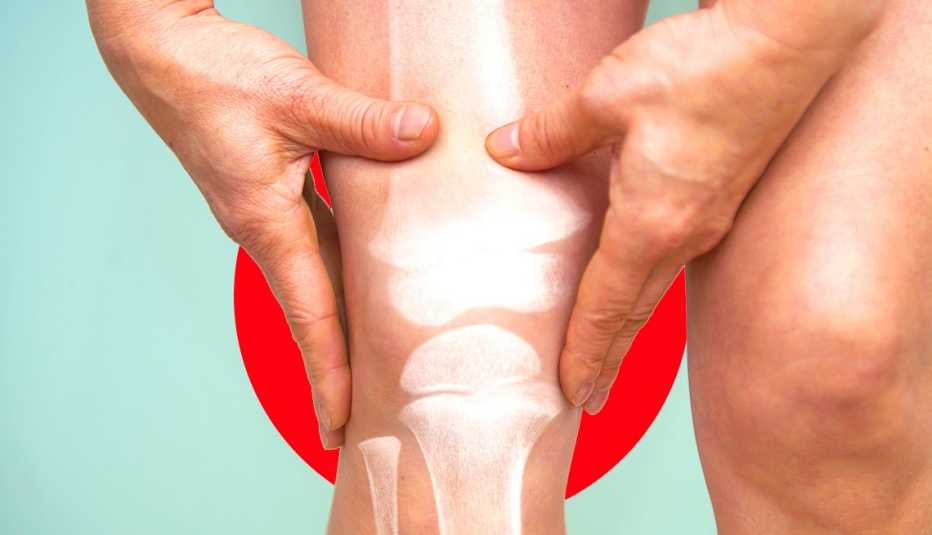AARP Hearing Center
More than 7 million American adults have psoriasis, a chronic skin disease caused by a glitch in the immune system. It’s a widespread and potentially serious condition linked with problems ranging from depression to heart disease. And yet psoriasis is often initially mistaken for something else, experts say.
Psoriasis, in its most common form, produces inflamed scaly patches. The issue is, “there are many other diseases that produce red scaling patches,” says Robert Kalb, M.D., a clinical professor of dermatology at the State University of New York at Buffalo Jacob School of Medicine and Biomedical Sciences.
Most notably, eczema, an even more common skin disorder, causes scaly, inflamed skin. And familiar fungal infections of the skin, including ringworm and athlete’s foot, also create scaly patches. Some rarer conditions cause symptoms that might look like psoriasis as well.
Dermatologists and other doctors well trained in skin diseases usually can diagnose psoriasis quickly by examining your skin and asking a few questions about your medical history, Kalb says. Occasionally, doctors might need to scrape off or cut out a very small skin sample to get a clear answer, says Mark Lebwohl, M.D., chairman of the Department of Dermatology at Icahn School of Medicine at Mount Sinai in New York.
If you haven’t seen a doctor yet, here are nine clues that the scaly patches on your skin might be psoriasis:
1. The patches have clear borders
Psoriasis patches, unlike patches of eczema, have “sharply demarcated” edges that you can clearly see and feel, Lebwohl says. The patches usually look red but might appear purple in dark-skinned people, he adds. A ringworm patch also might have well-defined edges, but it has a distinct circular shape and often a clear area in the center of the ring, according to Cleveland Clinic. If there’s any doubt about whether you have psoriasis or a fungal infection, a doctor can scrape off a bit of the affected skin and look at it under a microscope, Lebwohl says.
2. The inflamed skin is covered by thick scales
In plaque psoriasis, the most common form, an overactive immune system causes skin cells to reproduce too rapidly and build up on the skin surface in thick scales, or plaques. The scales may be white or silvery. Eczema patches typically are covered with finer, flakier scales of dry skin.
3. The patches are on your elbows, knees, scalp, lower back or all of the above
While psoriasis can show up anywhere on your body, the bony parts of the knees and elbows, along with the scalp and lower back, are especially common. Eczema, by contrast, often appears in the creases of elbows and knees and other skin folds, especially in children. It can also show up on the face or hands of adults, according to the National Eczema Association. Most people with psoriasis have it in more than one place, Kalb says, so if you have one suspicious spot, your doctor should check your whole body.



































































